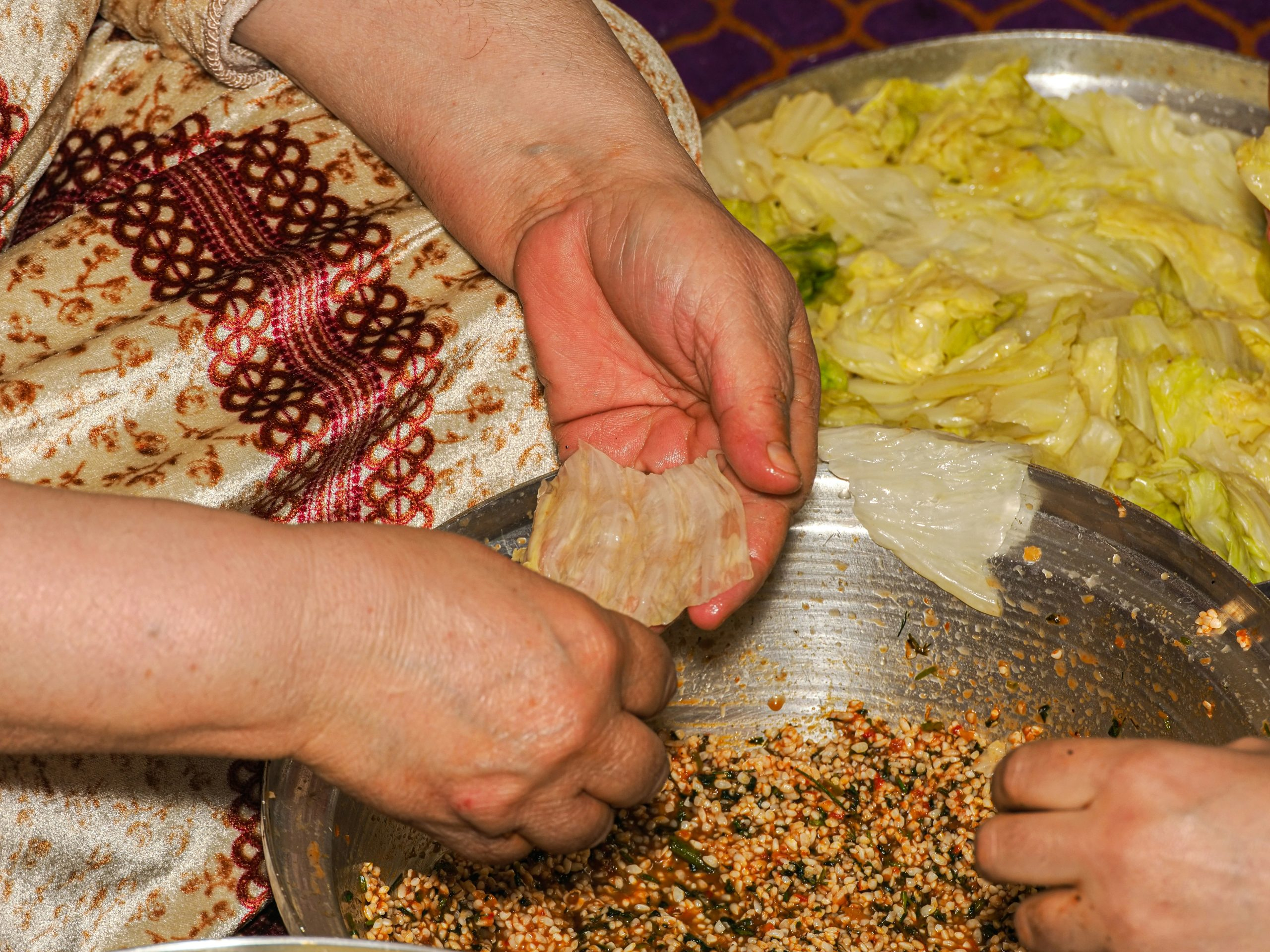Cooking for Different Dietary Needs: Tips and Tricks for Every Restriction
If there’s one thing that cooking has taught us, it’s that food brings people together. However, with the rise in diverse dietary needs and restrictions, it can be a challenge to cater to everyone’s needs and still create delicious and satisfying meals. Whether you or someone in your household is vegan, gluten-free, or has an allergy, cooking for different dietary needs doesn’t have to be stressful. In fact, with the help of some simple tips and tricks, you can easily accommodate everyone’s dietary needs and preferences and still enjoy a delicious meal together.
Understanding Different Dietary Needs
The first step to cooking for different dietary needs is to understand the various restrictions and preferences. It’s essential to know the difference between a dietary need versus a dietary preference. A dietary need refers to a health-related restriction, such as allergies, Celiac disease, or diabetes. On the other hand, a dietary preference is a personal choice, such as being vegan or vegetarian.
It’s also crucial to communicate with your guests or family members about their dietary needs. This will help you plan your meals accordingly and ensure that everyone is comfortable and satisfied with the food options.
Cooking Tips for Different Dietary Needs
1. Plan Ahead
One of the most important things you can do when cooking for different dietary needs is to plan ahead. This will give you enough time to research and gather recipes that cater to everyone’s needs. It’s also a good idea to ask your guests or family members to provide their dietary restrictions and preferences in advance. This will allow you to plan a menu that everyone can enjoy.
2. Keep It Simple
When it comes to cooking for different dietary needs, simplicity is key. Stick to simple ingredients that can easily be adapted to different dietary requirements. For example, a basic rice and vegetable dish can be made gluten-free by using gluten-free soy sauce and vegan by omitting any animal products.
3. Experiment with Substitutions
Don’t be afraid to experiment with substitutions when creating a meal that caters to different dietary needs. There are plenty of plant-based and gluten-free alternatives available in most grocery stores. For example, use almond milk as a dairy alternative, quinoa as a gluten-free substitute for couscous, or chia seeds as an egg replacement in baking.
4. Communicate with Your Guests
Communication is key when cooking for different dietary needs. It’s always a good idea to ask your guests if they have any specific dietary preferences or restrictions and if they have any ingredient aversions. This will not only ensure that everyone can enjoy the meal but also make your guests feel included and welcomed.
5. Use Fresh Ingredients
When cooking for different dietary needs, it’s best to use fresh, whole ingredients. This will allow you to avoid any pre-packaged foods that may contain allergens or animal products. Fresh ingredients also add more flavor and nutrition to your meals.
Conclusion
Cooking for different dietary needs may seem daunting at first, but with the right tips and tricks, you can easily cater to everyone’s needs and preferences. Plan ahead, keep it simple, experiment with substitutions, communicate with your guests, and use fresh ingredients to create delicious and inclusive meals for all. Remember, food is a vital part of bringing people together, and with a little bit of effort and consideration, everyone can enjoy a delicious meal together, regardless of their dietary restrictions.







